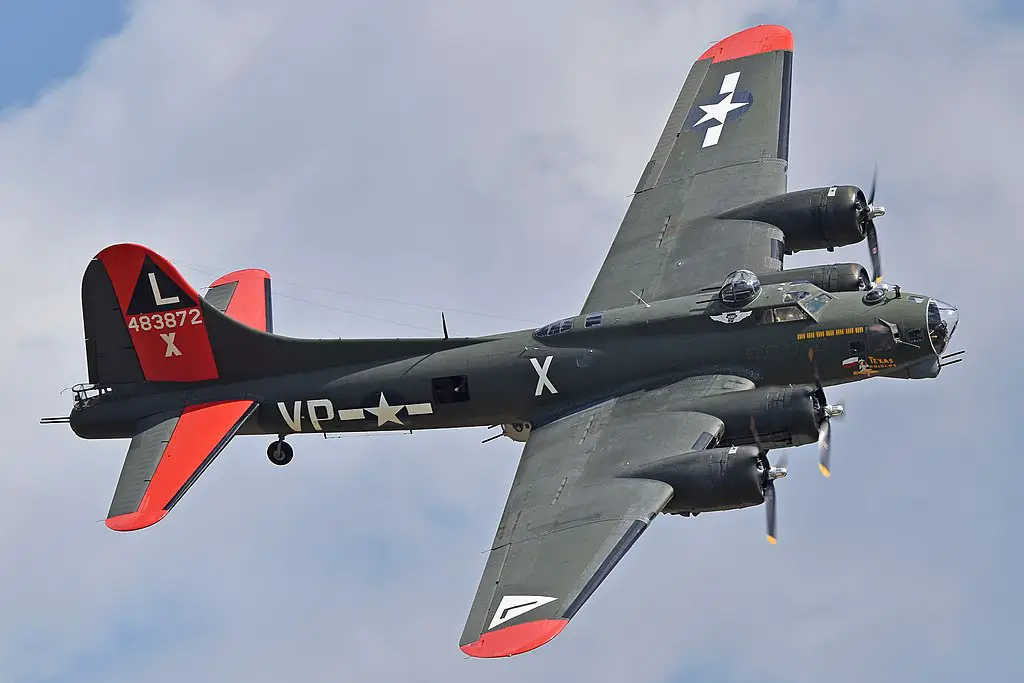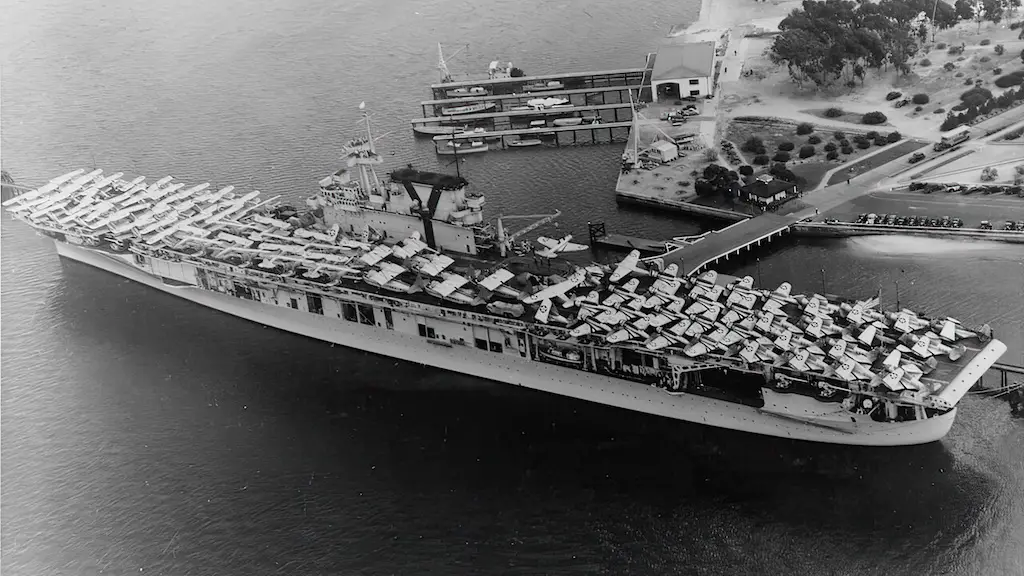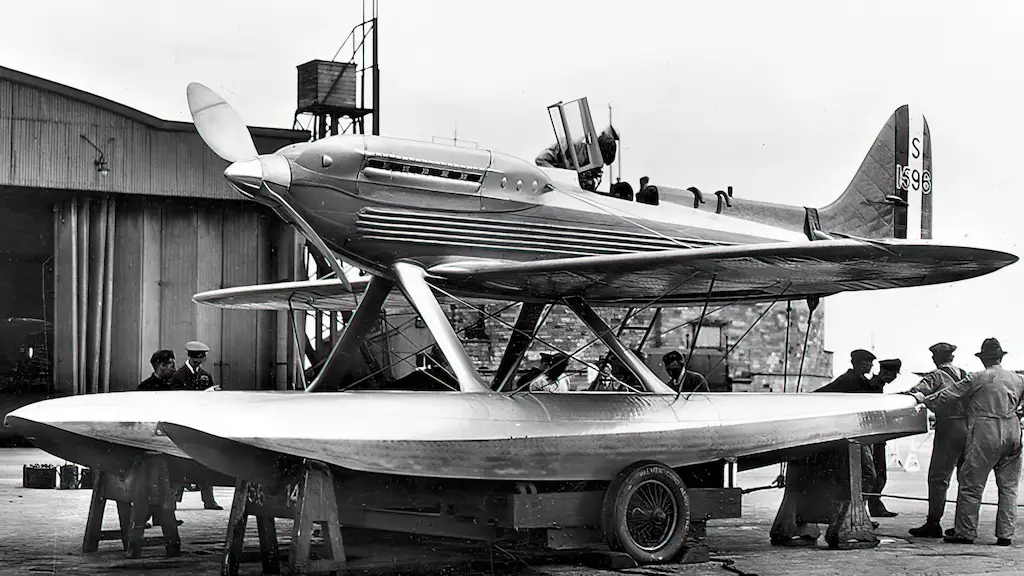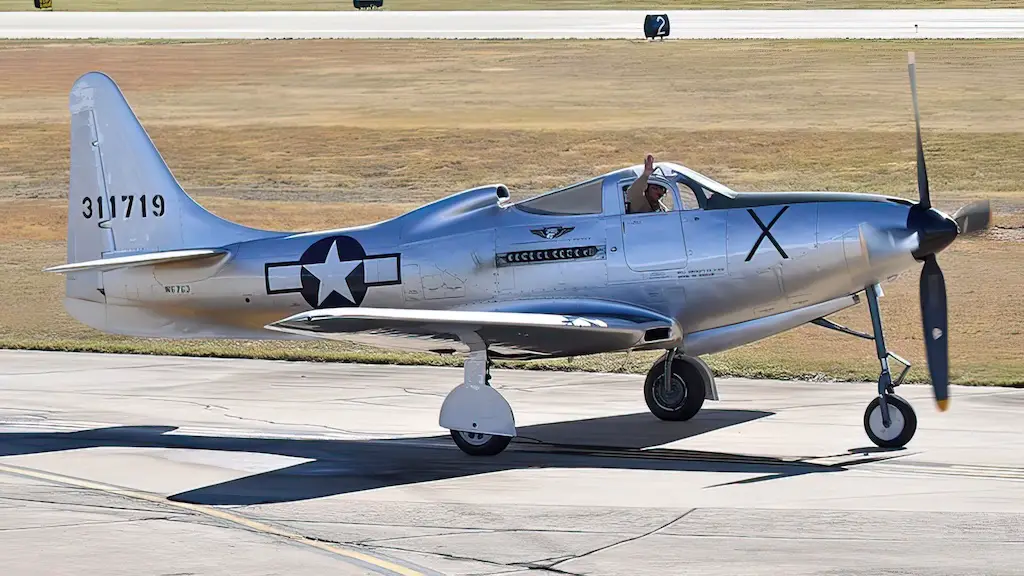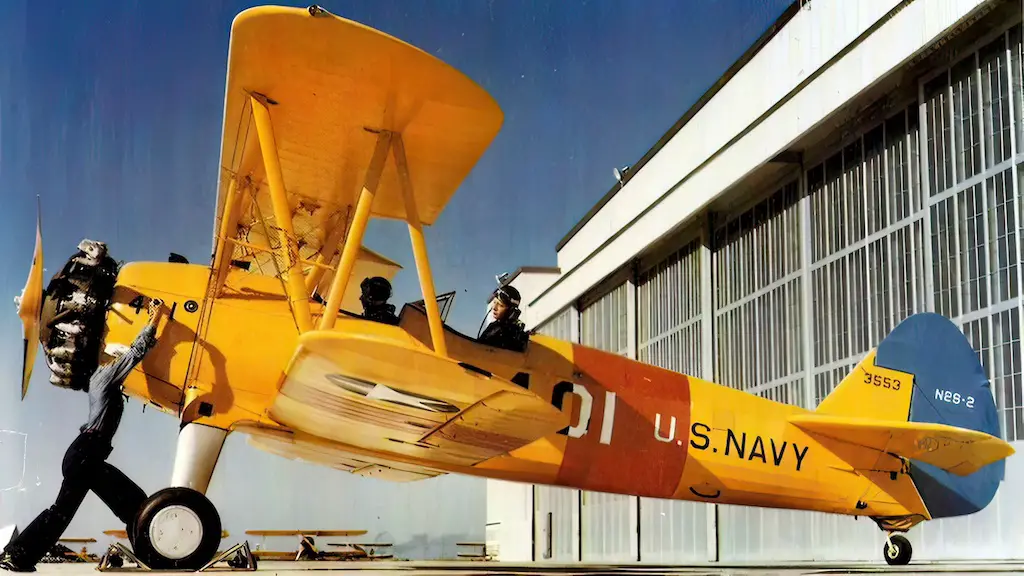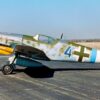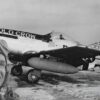The Lockheed Martin F-35 Lightning II is a 5th generation fighter jet and if you ask Lockheed, it is also the world’s most advanced as it is the most lethal, survivable, and connected. It had its first flight in December 2006 and has since become an integral part of the United States Armed Forces.
The Marines, Air Force, and Navy all use the aircraft, and there are plans to purchase 2,456 units between now and the year 2044. Not only is the plane a testament to the limits of technological achievement, but the helmet its pilots wear is a marvel in and of itself. Plagued by issues and facing criticism throughout its development, the Gen III Helmet-Mounted Display System (HMDS) for the F-35 has finally been put to use and the companies behind it say pilots are effusive about its performance, here’s why.
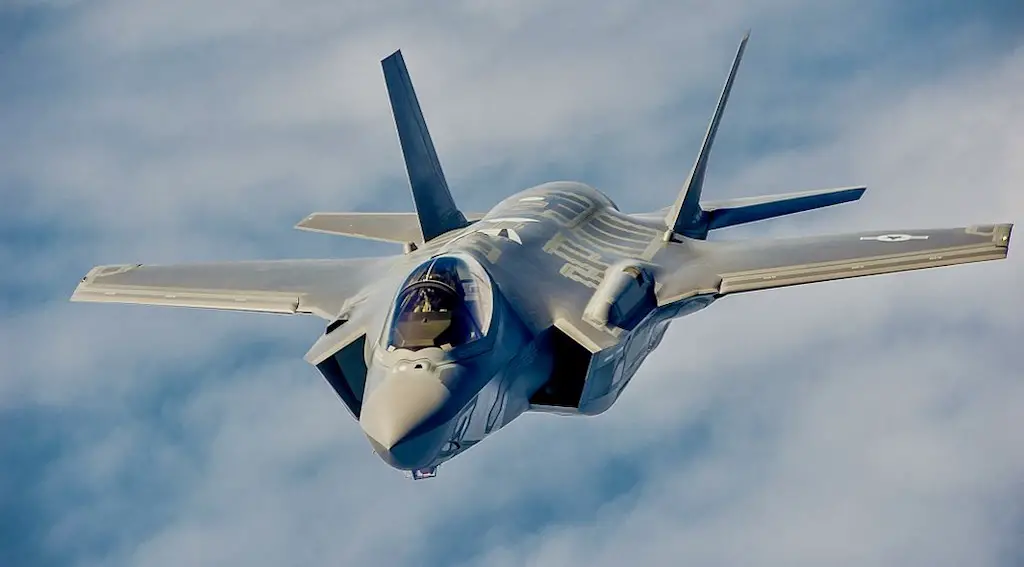
The Fitting Process
Once pilots are set to fly an F-35, they would need to undergo a two-day HMDS fitting process, where the pilot’s head is scanned and measured. The mastermind behind the HMDS, Bob Foote said it is the first aircraft primary flight display that is worn by the pilot.
Each carbon-fibre helmet is 3D-milled to custom fit each pilot. As an Air Force press release reads, once the helmets are assembled, “pilots need to have the optics aligned using a pupillometer, which measures the distance between their pupils within two millimetres of its centre, so pilots see a single image on the helmet-mounted display.”
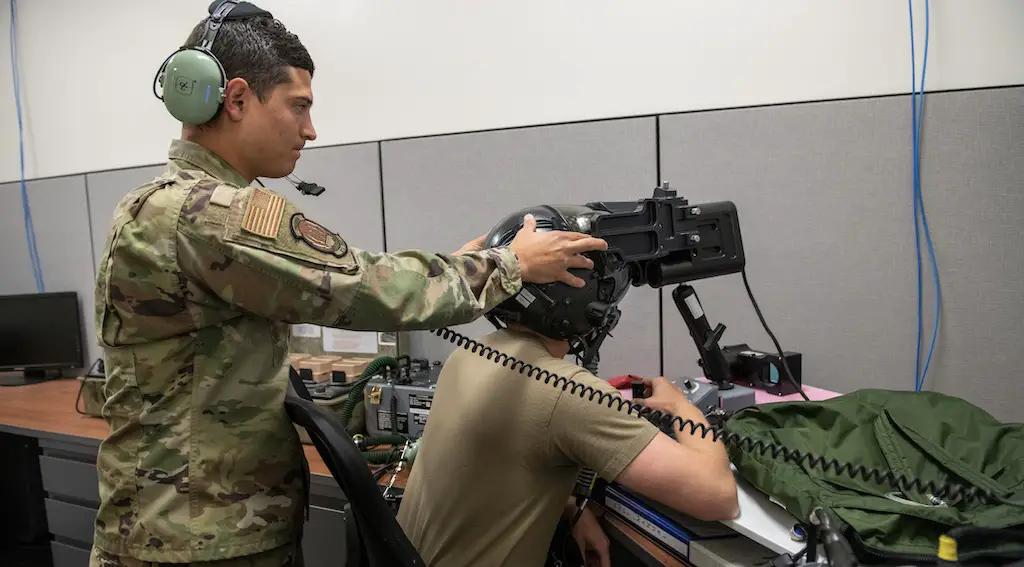
The display provides pilots with mission-critical information, and allows them to “obtain enhanced situational awareness of the battlefield simply by moving their head.” This provides them with a 360-degree view of their environment, negating any need to spend valuable time manoeuvring the F-35 around to gain a full view.
To ensure there is adequate oxygen flow to the pilot, each is sent to an oxygen tester to identify any potential leaks. “The next part is to ensure there is a proper distance between the mask and the visor,” said Staff Sgt. AJ Arteaga, aircrew flight equipment reservist with the 419th Operations Support Squadron (OSS, not that OSS). “We have to make sure when the pilot moves or talks, the mask doesn’t hit the visor. If it’s too close, it will bend the visor and distort the display image.”
Unaltered Physical Appearance
After the fitting process is complete, pilots must go through the passively-demanding task of never altering their facial physical appearance whatsoever. As Staff Sgt. Arteaga explained, “Pilots come in and put on all their gear so we can double-check to make sure everything fits properly and without issue. Small things such as a new haircut or a couple of pounds gained could cause the helmet to not fit correctly.”
Of course, pilots and military personnel, in general, don’t have the luxury or need to change their hairstyles all that often, and being in the service guarantees they’re going to stay in good physical condition. Nevertheless, the military invests too much to not constantly check. The HMDSs are checked every 105 days, and there’s a 120-day fit check to ensure they’re still safe to use and are fully functional.
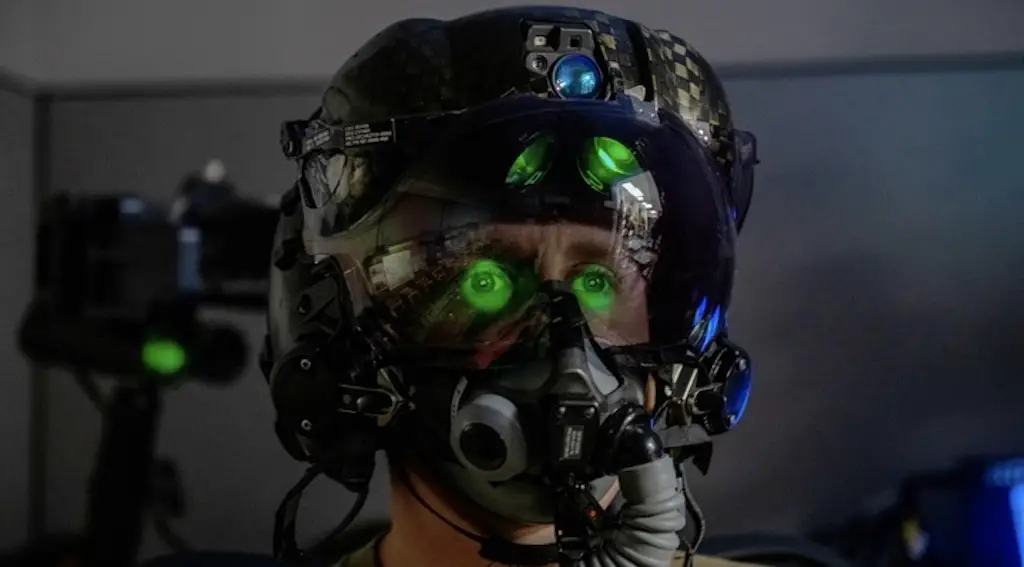
Accustoming to the Headgear
While the fitting process for the helmet is lengthy, it’s also likely a one-time deal. After a Marine Corps pilot’s head is measured, they receive a styrofoam cap moulded to their head that is kept throughout their career.
A Marine Corps press release explained the process, “The use of laser scanning technology creates a replica of a pilot’s skull, thereby fabricating a portable styrofoam helmet liner that is a break-through above and beyond the traditional custom-designed helmet for each pilot.”
The styrofoam cap fits into any size helmet, thus enabling a pilot to take the helmet liner with them from squadron to squadron to use throughout their career, optimising the flexibility of the pilot flight equipment inventory, eliminating the risk of damage to helmets during squadron transitions, and reducing investments in large inventories of helmets.
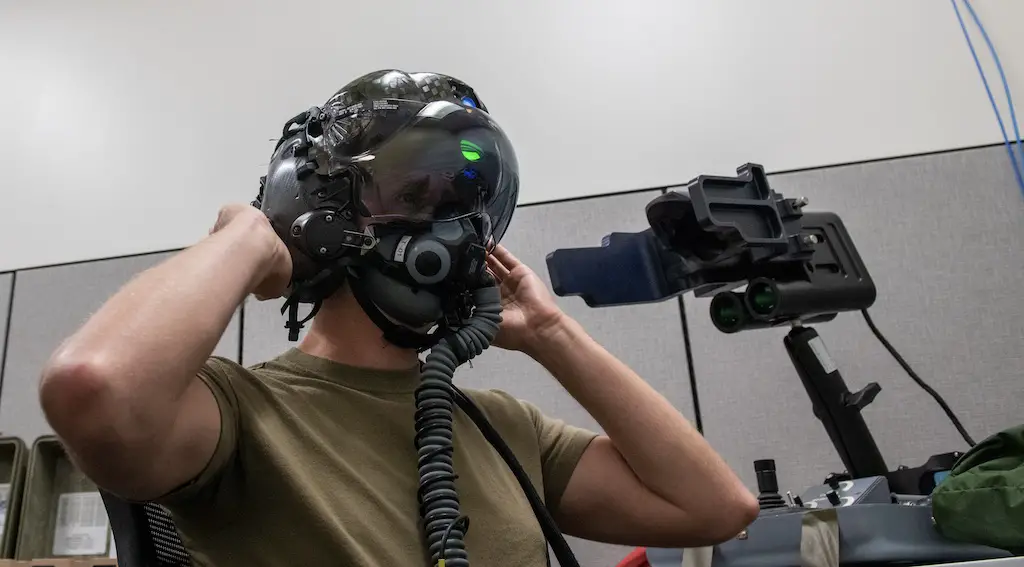
State-of-the-art Electronics
Having a helmet with the very latest technology could mean the difference between life and death. That’s why F-35 helmets are loaded only with the latest tech. As aforementioned, the display on the helmet allows the pilot to process absolutely everything around them with little movement.
According to Tech. Sgt. William Vass, 419th OSS, the pilots can look down through a portion of their wing and see what’s below. “When they look toward the cameras embedded on the F-35, that image projects onto their helmet display,” he continued.
The best description of what the equipment does comes from Major Justin Lee, who said the following in a recent video: “Imagine if you’re in a car, you’re driving and you want to eat pizza. It will put a triangle over all the pizza restaurants. We’re using it differently, but the helmet allows us to synthesise large amounts of information.”
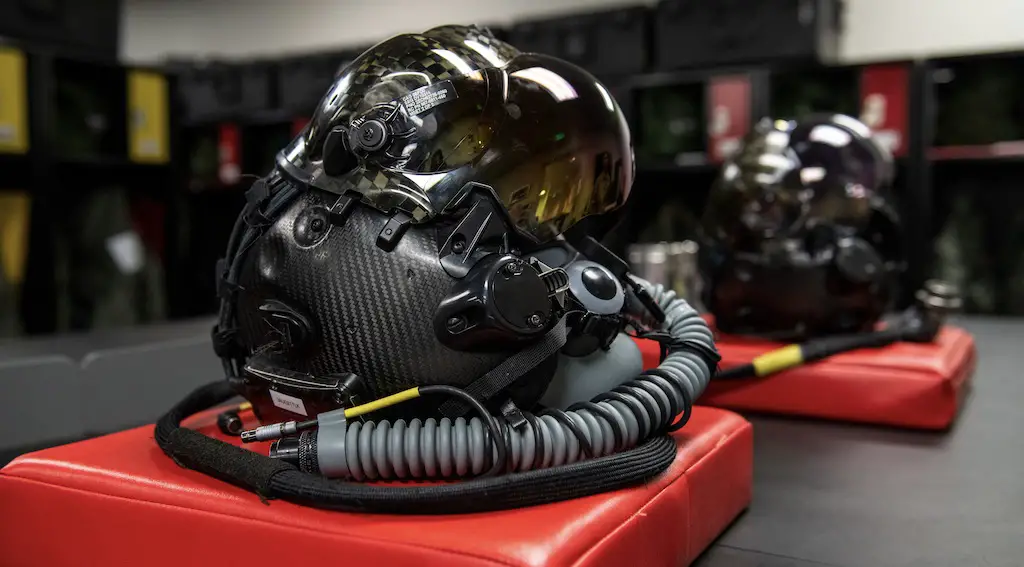
Taxpayers’ Nightmare
The F-35 is in and of itself an expensive aircraft. Its HDMS is naturally the most expensive of headgears out there. The Gen III HDMS comes in at an astonishing $400,000 which is about the cost of an abandoned mediaeval Romanian castle. For that reason, the pilots guard their helmets with their lives and do their best to maintain and care for them. In the end, the helmet will reciprocate and make sure to care for them.

